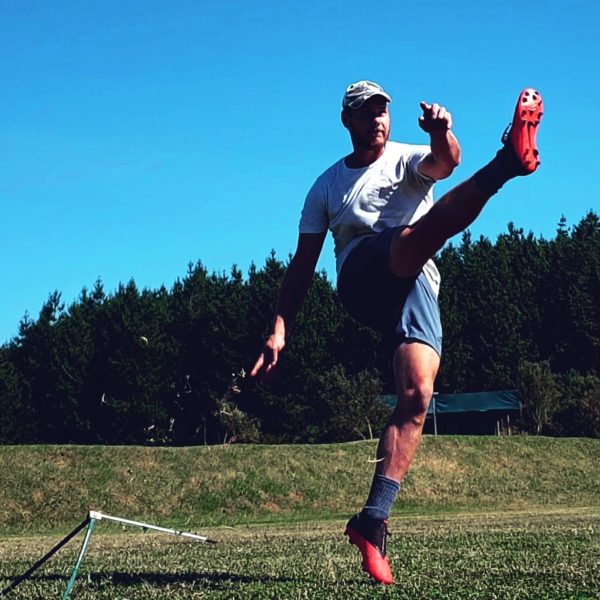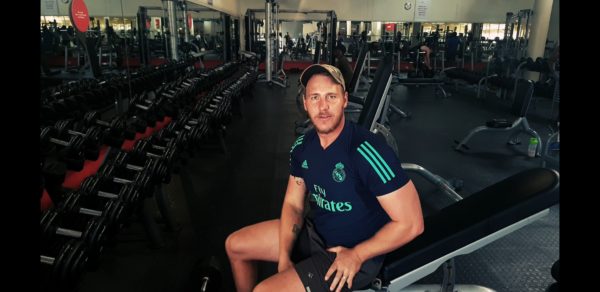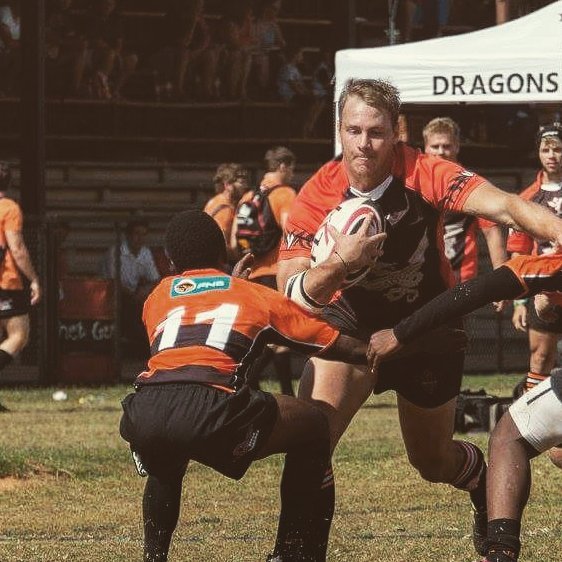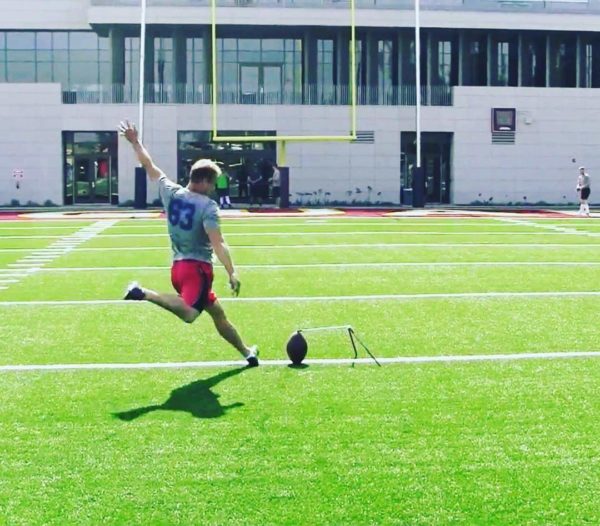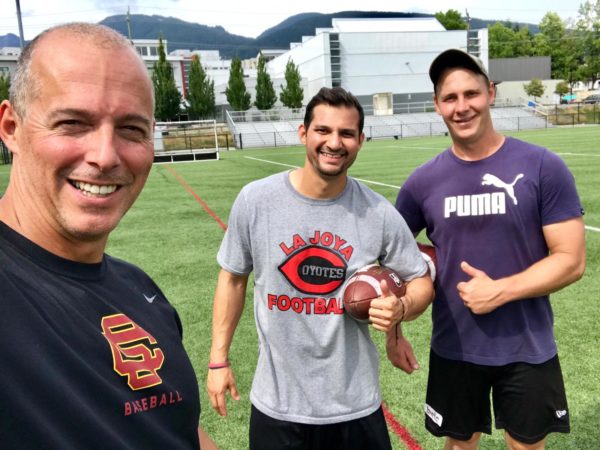ATTENTION: South Africa!
We have partnered with Rocketfoot Academy in order to pioneer new frontiers for South African players who have the potential to kick and/or punt at the collegiate level.
Together we have an extensive track record in developing elite kickers and punters with many of our athletes playing at the Division 1 level.
We have extensive experience in working with athletes from different sporting backgrounds such as rugby and soccer. In 2022, 7 students from our United Kingdom branch received scholarships, all of whom did not play American football in high school.
We have worked with athletes from as far as Japan, Australia, and other European nations such as Germany and Austria.
We have one of the oldest kicking schools in the USA and have a reputation for delivering some of the very best kickers and punters in college football and the NFL
We are relentlessly passionate about coaching young players and effectively changing their lives through kicking and punting.
We want to make an impact in South Africa through Rocketfoot Academy by helping young rugby players become better kickers and with discipline and dedication develop into well-adjusted young adults. We’re establishing a platform for South African players to experience college football and the life-changing experiences that come with it.
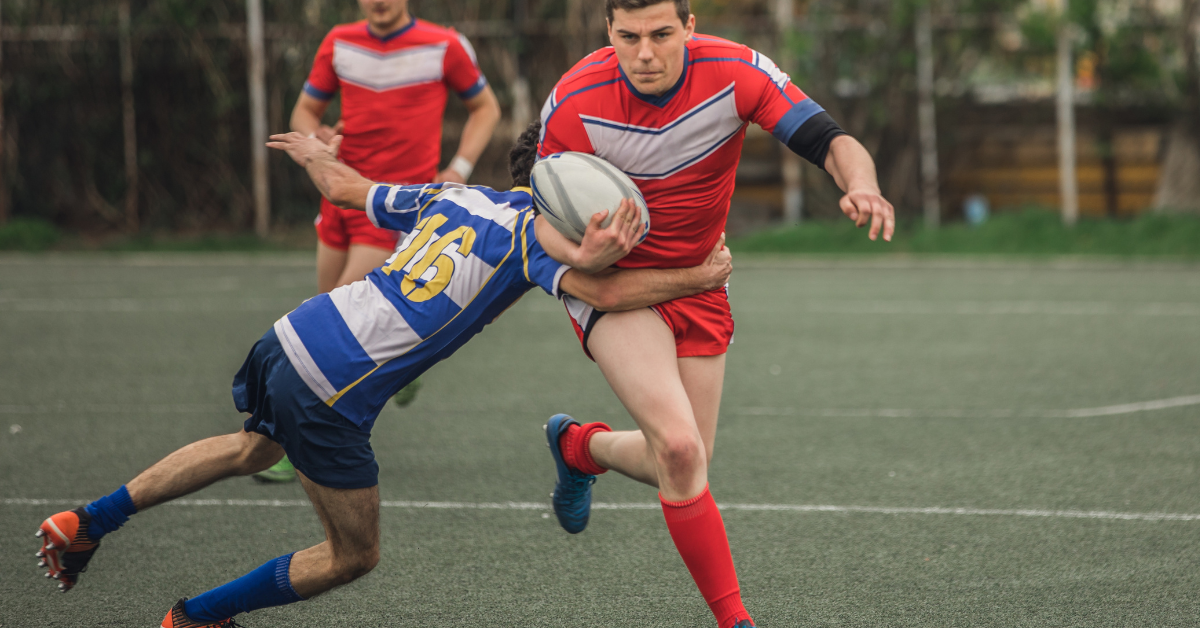
The right athlete has the opportunity to further their education with a potential scholarship opportunity through the college football system in the United States.
We acknowledge the concept of kicking or punting in the college football realm explores unfamiliar territory for most South African households, but we hope to provide you with a clearer understanding of how the process works, what it all means, and what is required from an athlete to receive and make a success of such an incredible, life-changing opportunity.
Learn more
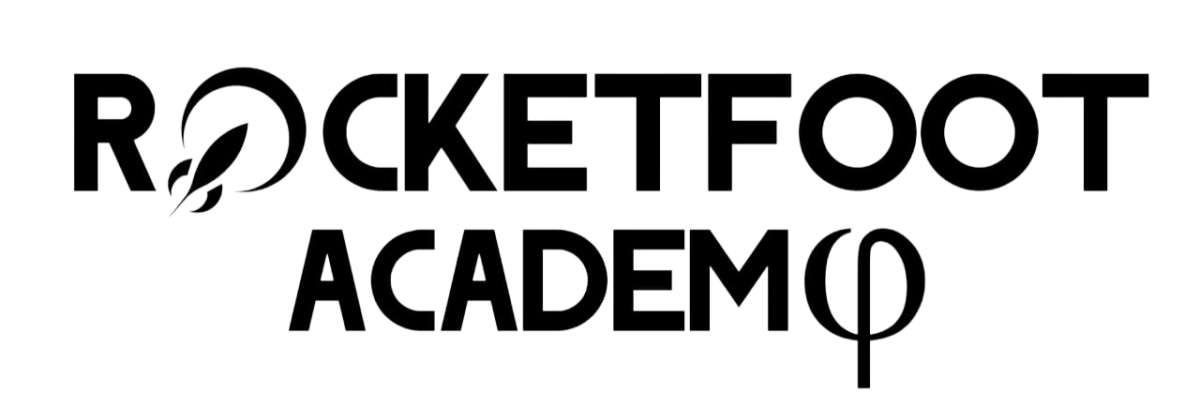
Information for Partnering Schools
South Africa's premier American Football training academy.
We want to build successful partnerships with schools like yours by offering our exclusive scouting, instructional and ranking camps for your players, the first of its kind in South Africa. The players we identify through our initial scouting camp then have the opportunity to work closely with our team during our instructional camps, where they learn everything that kicking and punting in the American football game entails.
Those who commit to our program have access to our digital learning platform and by attending our invitational ranking camps, these players enhance their visibility with college football coaches.
We further assist in the recruitment process for those who truly have what it takes to kick and punt at the collegiate level.
We offer 3 different South African high school camp experiences:
Scouting Camps help us assess and identify players with the potential to kick and punt at the next level.
The aim of an Instructional Camp is to coach our techniques, drills, and training methods to boys we have identified and who have committed to our program.
The aim of a Ranking Camp is to test the abilities and skills of the players under pressure. Among other continuous efforts, the film and statistics taken from Ranking Camps will be used in the recruitment process.
Schools that are interested in our program understand the requirements we have from a partner school. We need to work closely with the Sports Director in order to successfully identify potential candidates for our program, communicate with parents, and orchestrate successful camps.
Schools interested in our program understand the requirements we have from a partner school. We need to work closely with the Sports Director in order to successfully identify potential candidates for our program, communicate with parents, and orchestrate successful camps.
The Scholarship Blueprint
Information for Schools, Parents and Players
We are the bridge between talented kickers and punters in South Africa and college football scholarship opportunities in the United States. One On One Kicking is the industry leader in Kicking and Punting instruction and exposure in the United States. Founded by former NFL Punter Mike McCabe, we have an impressive 98% college recruitment success rate for the athletes we represent. Even more impressive are the 18 current NFL Specialists who have come out of the One On One Kicking Camps system.
High school rugby kickers and/or soccer players with a good feel for kicking already possess some of the natural skills to kick and/or punt footballs at the collegiate level. From a performance perspective, for any athlete to stand a good chance to kick and/or punt at the next level and obtain a college football scholarship, there are certain thresholds to overcome. From the aspect of kicking and punting performance expectations these thresholds ultimately separate the different college football divisions from one another.
We scout with an eye on measurables such as distance, accuracy, consistency, trajectory, hang time, and operation time. The above-mentioned elements each serve as a “measuring stick” and determine where a player stands in terms of immediate ability and skill level and gives us a good idea of how the player compares to peers at the different college football divisions.
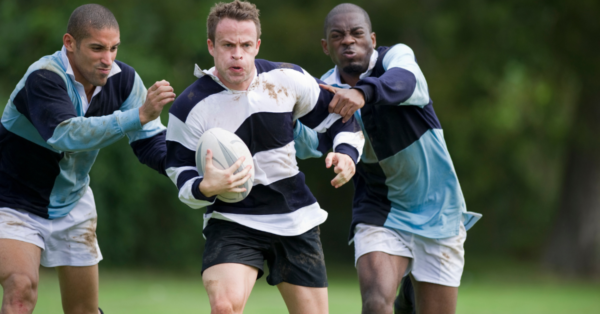
There are further technical nuances that make football kicking and punting more challenging than simply kicking a ball; however, attending our instructional camps, and learning our methodology and technique philosophy from a coach who has competed at the professional level makes your transition to the sport much faster and a lot smoother.
Kicking and punting in the American football game is a technique-orientated sport similar to golf; however, unique skills are executed within a team sport environment but only during isolated kicking or punting plays. Kickers are referred to as “specialists” because the responsibility of only one aspect of the game falls square on the kicker’s shoulders – the kicking game.
Training, conditioning, and preparation are centered around being the most powerful, accurate, and consistent kicker or punter possible and helping the team win by converting field goals with superior accuracy, trajectory, and consistency in addition to punting and kicking off with appropriate hangtime (time in the air), distance (how far the ball travels), and placement (where it lands). The successful kicker or punter not only possesses the technical ability and strength to complete the task but has developed the mental grit to perform their duties during high-pressure situations.
Our technique and training methods have been tested and proven at the highest level of the sport with kickers and punters using our methods in the NFL and CFL. Trainees receive expert coaching at our instructional camps and player improvement is tracked and ranking adjusted accordingly. Our aim is to equip players with all the necessary skills to be the complete kicker and unlock their potential, and when the time comes, we recruit on the player’s behalf based on where they would fit in best!
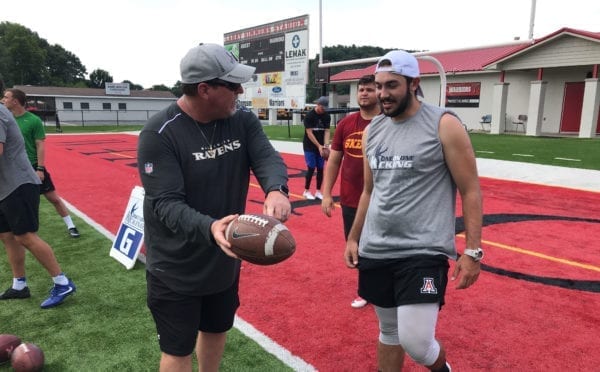
The function of a ranking camp is to test the player’s ability to perform under pressure and compete against their peers which will ultimately determine their success. The integrity of a ranking camp is very important and so when the player’s official workout starts every kick counts. Punting and kicking films from these events serve as part of the player’s profile, College coaches love camp film because it showcases a very realistic idea of what a player’s abilities are under the right circumstances.
We then use all player statistics to formulate a scout report in order to give the player a “star rating” which is just a simple way to allocate the kicker to a certain division where they are able to compete and perform within their technique and skill level. There are plenty of opportunities outside of Division 1 football. Players do not necessarily have to be the very best kicker to enjoy the benefits of a football scholarship at a lower division or junior college. These “lower” divisions are great platforms to learn, gain experience and improve and the option to transfer to a better school or a higher division at a later stage is part of the journey for a lot of athletes.
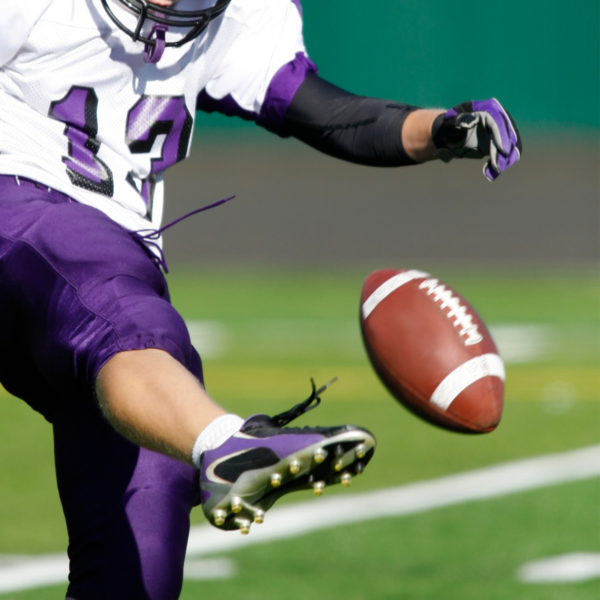
The football recruiting season typically begins as soon as the previous year’s class has signed, although the building of relationships between college coaches and high school players and their coaches may have been going on for months or years before that.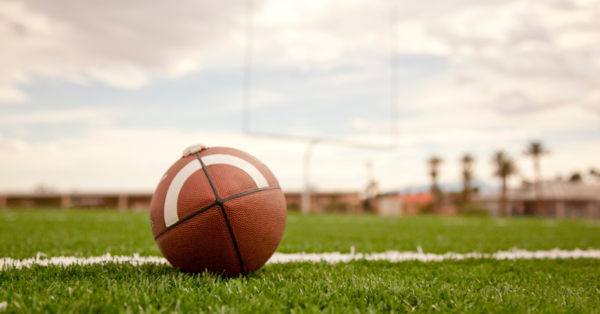
Each summer, high school players attend various football camps to be evaluated on measures of athleticism, such as the 40-yard dash, vertical jump, agility shuttle; and the number of repetitions of the bench press that an athlete can perform at a given weight.
Recently, the SPARQ rating has become a popular composite metric of a high school football player’s athleticism. At this time of year, based on camp film and performance at combines, this is typically when players begin to receive most scholarship offers.
Although kickers and punters may be subject to similar assessments, the evaluation for kickers and punters is a little different than other positions, with the focus being on technical ability and performance under pressure.
After receiving an offer, a player may choose to commit. Although more coaches have tried in recent years to get players to commit early, the most highly rated players typically commit within a month of national signing day. This is the day all high school players graduate and can choose to sign letters of intent (LI) to play for the college of their choice.
Signing day always falls on the first Wednesday of February. Other players, who may not have as many offers to choose from, more often verbally commit earlier in the process. Junior college players can sign scholarships in late December, once their sophomore seasons have ended.
A letter of intent is binding for both the player and the school for one academic year as long as the player is eligible to enroll at the college.
After the player has proven their kicking ability, their high school academic performance is ultimately the deciding factor in recruitment success. It would be difficult to break down exactly what the academic requirements are since different schools have different entry requirements and so does the player’s desired direction of study.
Generally, in order to be accepted at any higher education institution, a player must have relatively good grades. Finding out which schools and degrees a player is eligible for is part of the personal recruitment process.

The successful “student-athlete” is the most dedicated, disciplined, and focused individual on campus. A player must have an incredible work ethic, or it’s impossible to maintain the balance needed to manage academic and football duties. This endeavor is a challenge even for the most suitable candidate but the experience and rewards of being part of a college football locker room are forever life-changing. If the player is a good kicker and a disciplined student with a superior work ethic, this may be the opportunity they have been waiting for!
Navigating College Football Divisions
- NCAA Division I – Football Bowl Subdivision: 120 colleges
- NCAA Division I – Football Championship Subdivision: 118 colleges
- NCAA Division II: 157 colleges
- NCAA Division III: 239 colleges
- NAIA: 91 colleges
- Junior College: 69 colleges
- NCAA Division I – Football Bowl Subdivision: 85 scholarships
- NCAA Division I – Football
- Championship Subdivision: 63 scholarships
- NCAA Division II: 36 scholarships
- NCAA Division III: 0 scholarships
- NAIA: 24 scholarships
- Junior College: 85 scholarships
Understandably, the notion of a South African player with very limited experience gaining a scholarship to kick for a college football team seems far-fetched and this would probably have been the case several years ago. But the recent success of foreign athletes in both college football and the NFL over the past 10 years has paved the way for others and effectively changed the landscape of how college coaches approach recruiting and formulate their programs for incoming juniors.
This past season, 53 Australians occupied punting roster positions across 50 of the 130 Division I Football Bowl Subdivision teams. Six of the past 10 winners of the Ray Guy Award (given to the best punter in college football) have been Australians. None of them played football in high school; they all come from rugby, soccer, or Aussie rules backgrounds and followed a similar model as described here.
College coaches look for talent, not just experience.
Being a kicker or punter does not mean you do not play other sports in high school. On the contrary, multi-sport athletes are highly regarded by college football coaches because it shows drive, discipline, and overall ability outside of kicking and punting. It’s to a player’s advantage if their resume showcases participation and achievements in other sports, especially a similar sport like rugby.
Colleges start looking for potential talent years in advance. There is a high probability that a player could receive an offer from a school as early as their junior year. The recruitment process is not reserved for seniors only and the earlier a player gets the process moving, the better.
This means a player is following the model that has proven successful for all our foreign players who have played or are currently playing college football. New players work on technique and train in the weight room, attend our ranking and instructional camps every term, record their film for virtual lessons, manage their social media professionally, and work hard at school to ensure their grades do not hold them back from any opportunities.
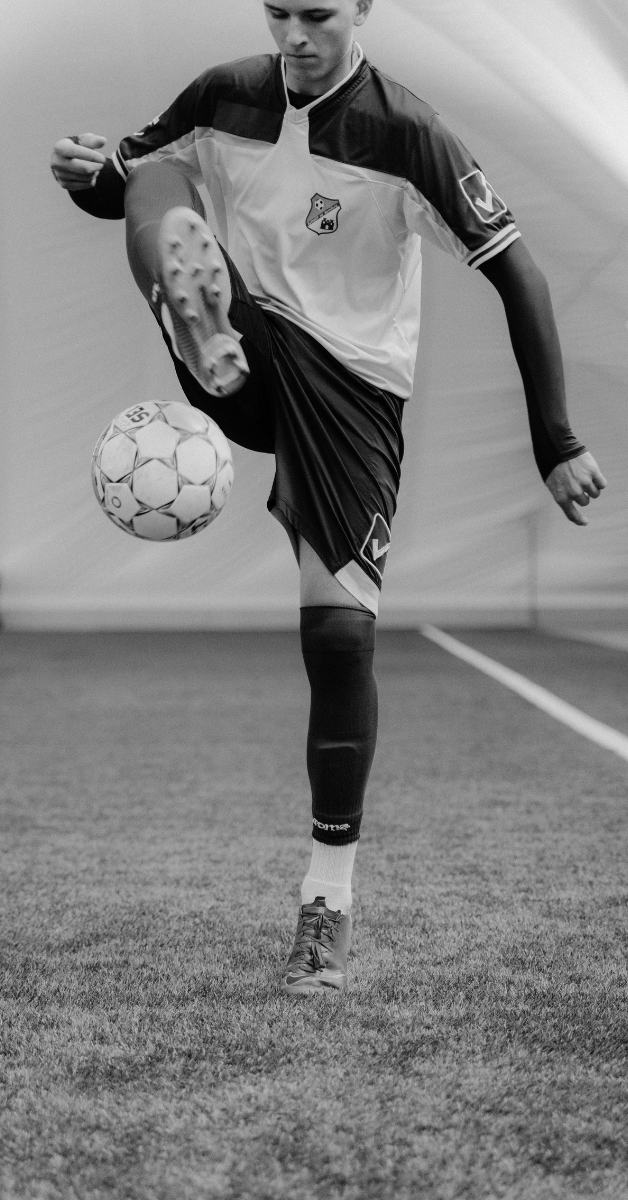
Our Coach
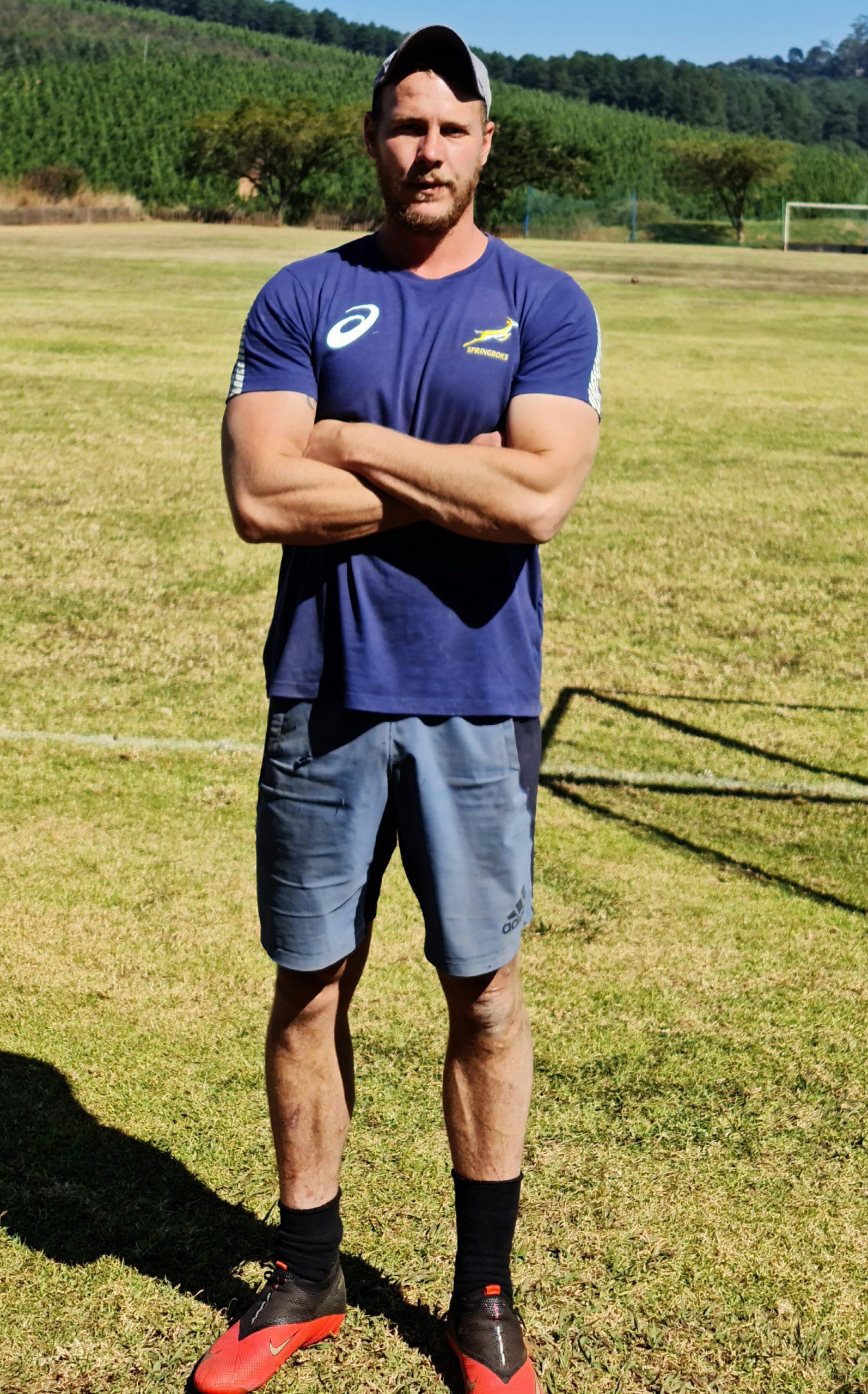
Wihan van der Riet
aka Rocketfoot
Based in South Africa, training online globally.
I grew up in a small town in northern South Africa called Pietersburg, (now Polokwane) in the Limpopo province. My childhood and teen years were filled with all the traditional South African sports. I excelled at Cricket, Athletics and Field Hockey but my first true love was Rugby or rather kicking a ball and as a consequence, playing Rugby.
12-Month
Paid Monthly
-
10 x Instructional Camps per year (At your school)
-
4 x ranking Camps per year (At your school)
-
36 Virtual Lessons per year (Film breakdown and analysis)
-
1 x Invitational Camp end of year tour (accommodation not included)
-
Continuous expert consultation & exposure
12-Month Paid In Full
Get Two Months Free!-
10 x Instructional Camps per year (At your school)
-
4 x ranking Camps per year (At your school)
-
36 Virtual Lessons per year (Film breakdown and analysis)
-
1 x Invitational Camp end of year tour (accommodation not included)
-
Continuous expert consultation & exposure
-
Two months FREE- Save $300 (R4800.00)


